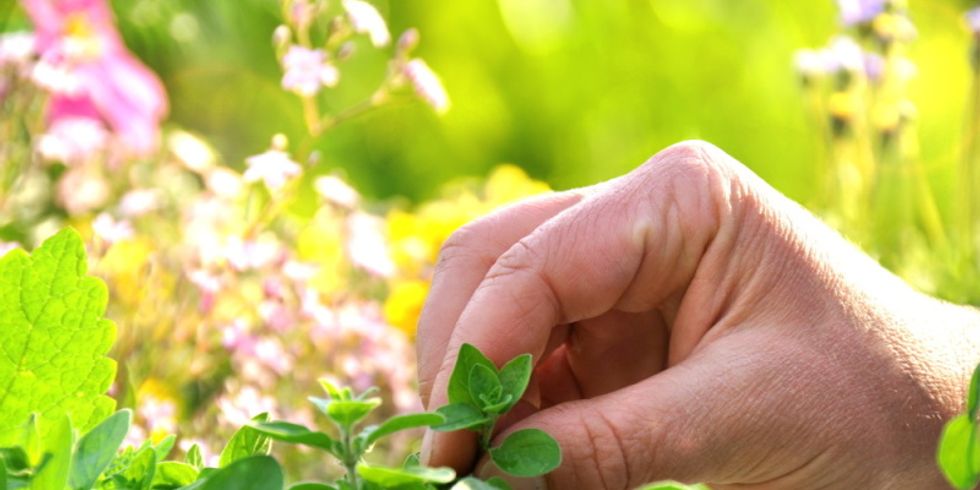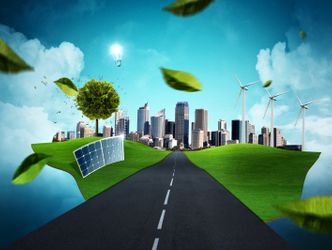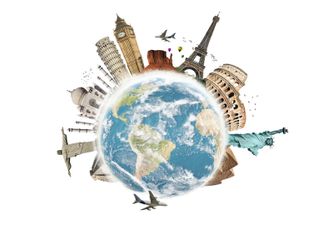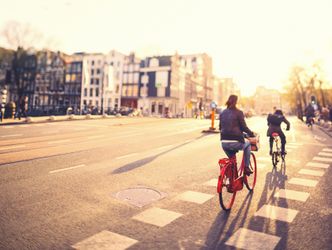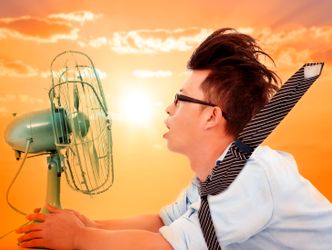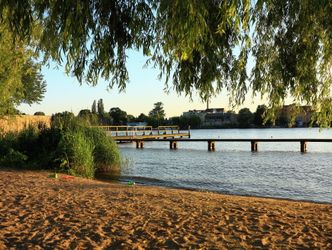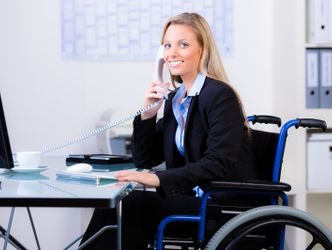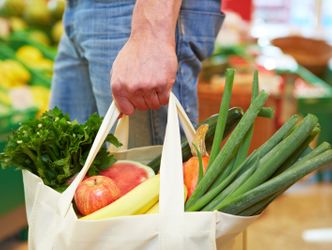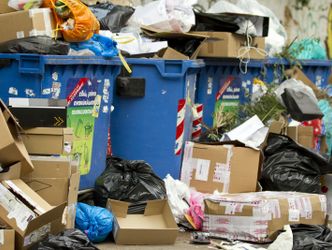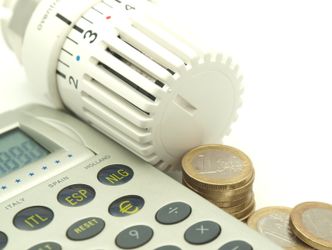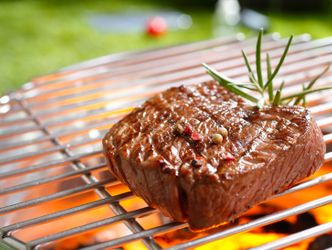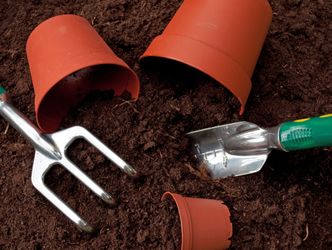As an introduction we present the CO₂ calculator of the German Environment Agency UBA – only in German. In just five minutes you can gain a first impression of how you are already doing in terms of climate protection.
Everyone is talking about climate change and climate protection; an unexpectedly early spring reminds us once again that Berlin in 2100 could have the climate of Toulouse in southern France. But what does each individual contribute to climate change? On average, Germans currently produce 11.6 tonnes of CO₂ equivalents per capita per year (What are CO₂ equivalents?).
The goal is to reduce this consumption to just one ton per capita. To achieve this, however, something has to change in society as a whole. Approximately 1.1 tons per citizen are already caused by the state alone and passed on to the individual citizens in the bill – for example for infrastructure that we all use – and cannot be influenced by the individual. The remaining 10.5 tonnes, however, fall back to each individual within certain limits and consist of CO₂ emissions for mobility, food, heating, electricity and other consumption.
That seems to be an amount that can hardly be conquered – to reduce your own consumption by 90%! But climate protection does not have to be so difficult. Although 90% would be the ideal target, 20% already make a difference – and who knows, maybe you are already below the national average and it’s not that far to go?
What is your personal CO₂ balance?
Find out your personal CO₂ balance with the free CO₂ calculator from the German Environment Agency – only in German heraus. Which areas of life are particularly CO₂-intensive? Where do you stand compared to German average? What options are there actually if climate protection is to be considered in everyday life? If you don’t have the figures on your heating and electricity consumption at hand, the UBA calculator can also help you estimate them.
After you have found out what your personal CO₂ balance looks like, there is still the possibility to create your personal CO₂ scenario: What changes would you be willing to make? How much CO₂ could be saved? What political decisions would you be willing to support?
On average in Europe, Germany ranks 23rd with 11-12 tonnes of CO₂ consumption per year per capita, while only the Netherlands, the Czech Republic, Ireland, Estonia and Luxembourg are worse off with up to 17.2 tonnes per capita.


 Easy language
Easy language German Sign language
German Sign language